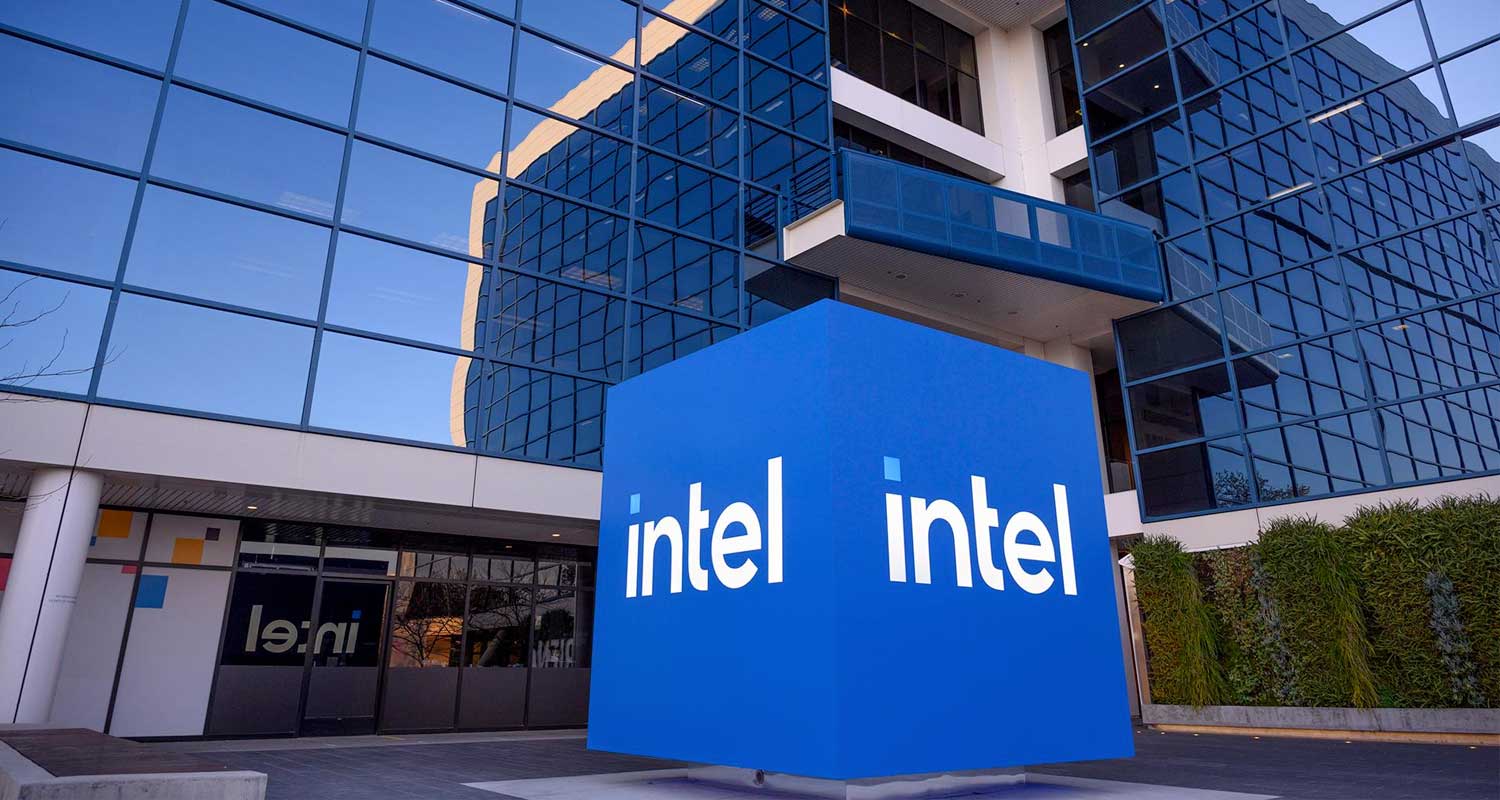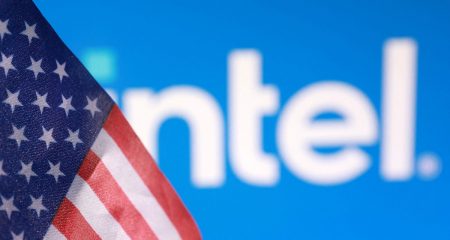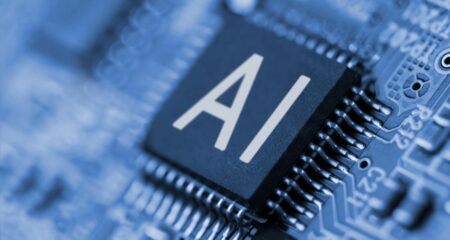
Intel forecast second-quarter revenue and profit below market estimates on Thursday, sending its shares tumbling 8% as it faces weak demand for its traditional data centre and PC chips and trails in the surging market for AI components.
Businesses have prioritised spending on advanced and speedy artificial intelligence server chips, hurting demand for Intel’s CPUs, which have been the mainstay chip powering data centres for decades.
Helped by its software, Nvidia dominates the market for AI chips with its powerful GPUs, and commanded roughly 80% share last year.
Intel’s other largest market, PC chips, has suffered a difficult two years but has shown signs of life at the beginning of 2024.
While Intel lost US$11-billion in stock market value following its results late on Thursday, Nvidia’s value grew by $40-billion, lifted by strong results from Microsoft and Alphabet as the two cloud heavyweights race to expand their AI product line-ups.
“Intel is still very much a ‘show me’ story. So, I think when you get quarters where they don’t execute and they promise more at a future point, that there’s some scepticism around their ability to deliver,” said Matthew Bryson, an analyst at Wedbush.
In addition to deploying Nvidia’s AI chips, Microsoft and Alphabet’s Google design in-house chips for their data centres.
Intel’s Gaudi AI chips are likely to achieve more than $500-million in revenue this year, CEO Pat Gelsinger said in an interview. Intel launched its third generation Gaudi 3 processor in April in an effort to better compete with Nvidia.
Enterprise AI
“What’s most exciting to me is enterprise [AI] customers,” Gelsinger said. “I think ultimately the monetisation of AI is when it starts transforming enterprises.”
Shares of the Santa Clara, California-based company fell to $32.35 in extended trading, their lowest since August.
Rival AMD forecast it would sell $3.5-billion worth of AI chips this year when it reported earnings in January. Shares of AMD, which also competes against Intel in PC processors, added 2.6% following Intel’s report.
Read: Intel readies R7-billion chip-making beast seen as key to its turnaround
Despite a lacklustre start to the year and its weak second-quarter forecast, Gelsinger said almost all of Intel’s products would rebound in the second half of 2024. “It’s a first-half, second-half story for the industry. We see essentially every business of Intel [fares] better in the second half of the year.”
Nvidia’s GPUs dominate the AI market, as large and small companies have sought to acquire tens of billions of dollars’ worth of them. Surging demand and Nvidia’s limited supply of these advanced chips has left Intel and AMD with opportunities to take market share.
 Intel is optimistic about PC sales in the second half of the year because it anticipates a fresh PC upgrade cycle around a new version of Microsoft’s Windows operating system. The company also expects software vendors launching next-generation products to help lift demand for PCs and Intel’s chips, Gelsinger said.
Intel is optimistic about PC sales in the second half of the year because it anticipates a fresh PC upgrade cycle around a new version of Microsoft’s Windows operating system. The company also expects software vendors launching next-generation products to help lift demand for PCs and Intel’s chips, Gelsinger said.
But the supply of its most advanced PC chips has been limited by a bottleneck in its manufacturing process, executives said in the conference call.
Intel expects second-quarter revenue of $12.5-billion to $13.5-billion, compared with analysts’ average estimate of $13.57-billion, LSEG data showed. It forecast second-quarter adjusted earnings of 10 cents per share, also below expectations.
Total revenue of $12.72-billion in the first quarter marginally missed expectations of $12.78-billion. Sales at its data centre business rose 5% to $3-billion during the period.
Intel’s contract manufacturing business, or foundry, is working to catch up with industry leader TSMC, but profits remain years away. Revenue from the foundry business fell 10% in the first quarter.
During the conference call on Thursday, Intel executives said its foundry business would see quarter-over-quarter improvement until 2030. The company disclosed foundry operating losses of $2.5-billion in the first quarter as part of its plans to report foundry operations as a standalone unit. — Arsheeya Bajwa and Max A Cherney, (c) 2024 Reuters
Get breaking news alerts from TechCentral on WhatsApp
[youtube-feed feed=2]




